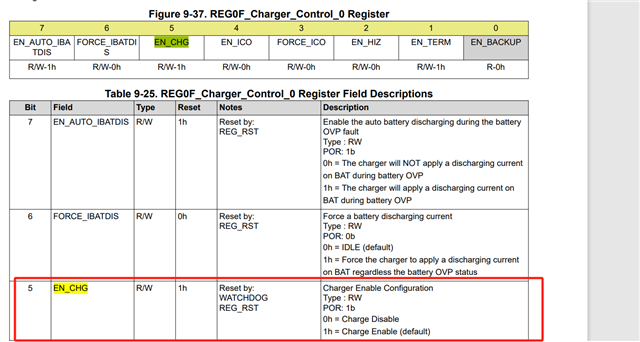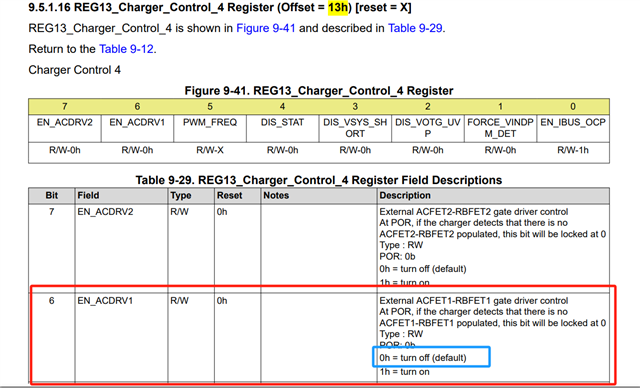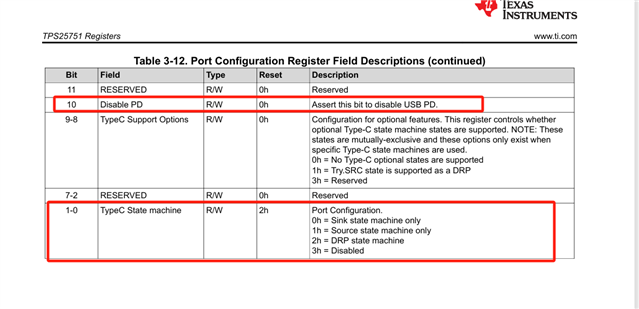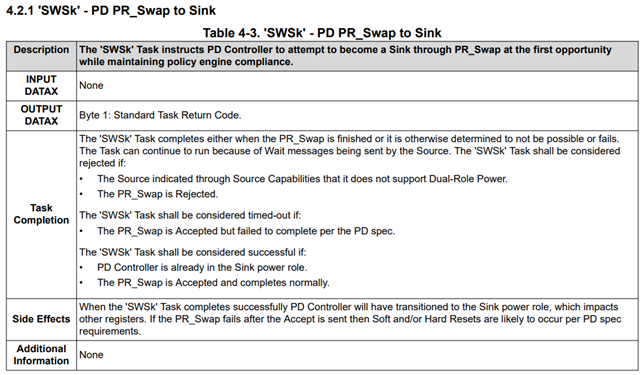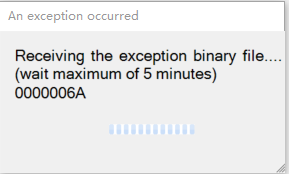Other Parts Discussed in Thread: TPS25751
Tool/software:
Hi teams:
When the power bank (tps25751) is on low battery, we stop supplying power to external devices, i.e. disable the OTG of charger and close the mofset
But after the occurrence of a disable otg, it was immediately enabled, and then disabled otg again... This resulted in the problem of repeatedly switching between disable and enable states, and external devices were also switching between stop charging and charging states
May I ask what caused this? How should I correctly operate when I want to stop supplying power to external devices?
Best Regards!
Iris


